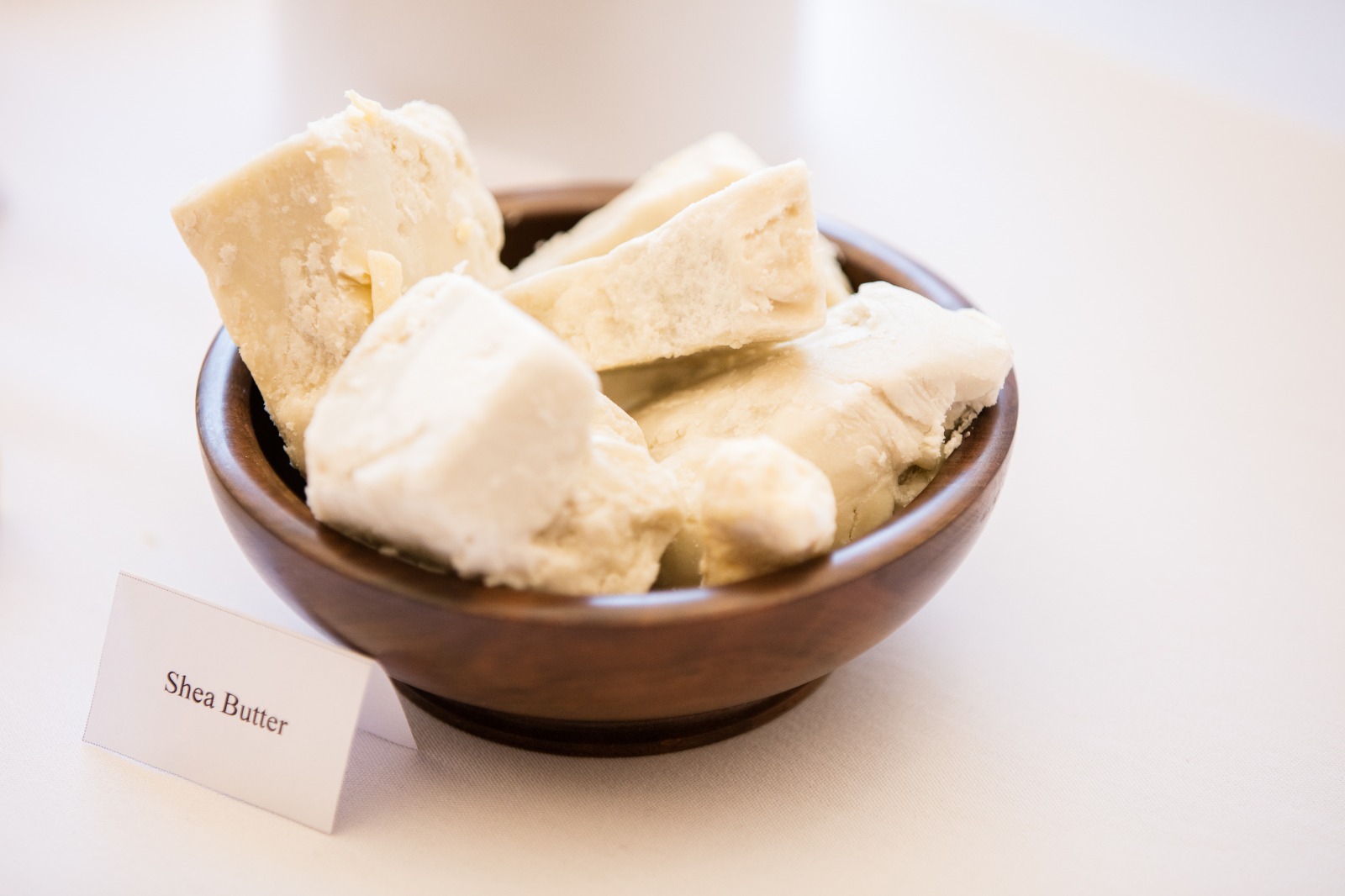Shea nuts are collected and processed in the same way they have been for millennia. Shea fruits that are ripe fall from the tree and are gathered before sunrise. Harvesting is traditionally done by local women, with children typically assisting before school. During the annual season, when food supplies are at their lowest and dietary energy is most needed, the fruit pulp is a nutritious and significant source of calories, vitamins, and minerals. Women across Africa, typically working in collectives, have embraced shea butter production to achieve economic self-sufficiency as the popularity of shea butter has expanded around the world in recent decades. Most of the time, only women oversee the manufacturing Shea Butter. When the shea nuts are gathered in the rainy season, from May to August, this procedure takes many days of meticulous selection, gathering, drying, pounding, and kneading.





